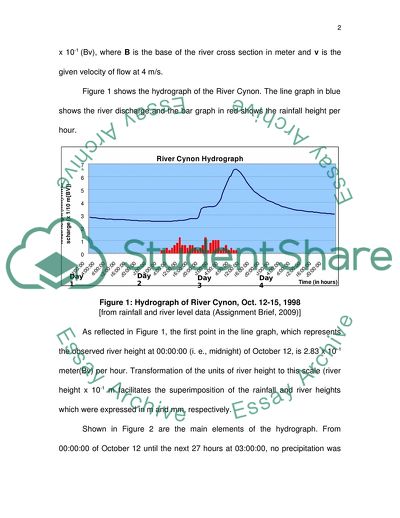Cite this document
(A Hydrograph of River Cynon and Design of an Open Channel Report - 7, n.d.)
A Hydrograph of River Cynon and Design of an Open Channel Report - 7. https://studentshare.org/geography/1723332-storm-drainage-design-project
A Hydrograph of River Cynon and Design of an Open Channel Report - 7. https://studentshare.org/geography/1723332-storm-drainage-design-project
(A Hydrograph of River Cynon and Design of an Open Channel Report - 7)
A Hydrograph of River Cynon and Design of an Open Channel Report - 7. https://studentshare.org/geography/1723332-storm-drainage-design-project.
A Hydrograph of River Cynon and Design of an Open Channel Report - 7. https://studentshare.org/geography/1723332-storm-drainage-design-project.
“A Hydrograph of River Cynon and Design of an Open Channel Report - 7”. https://studentshare.org/geography/1723332-storm-drainage-design-project.


